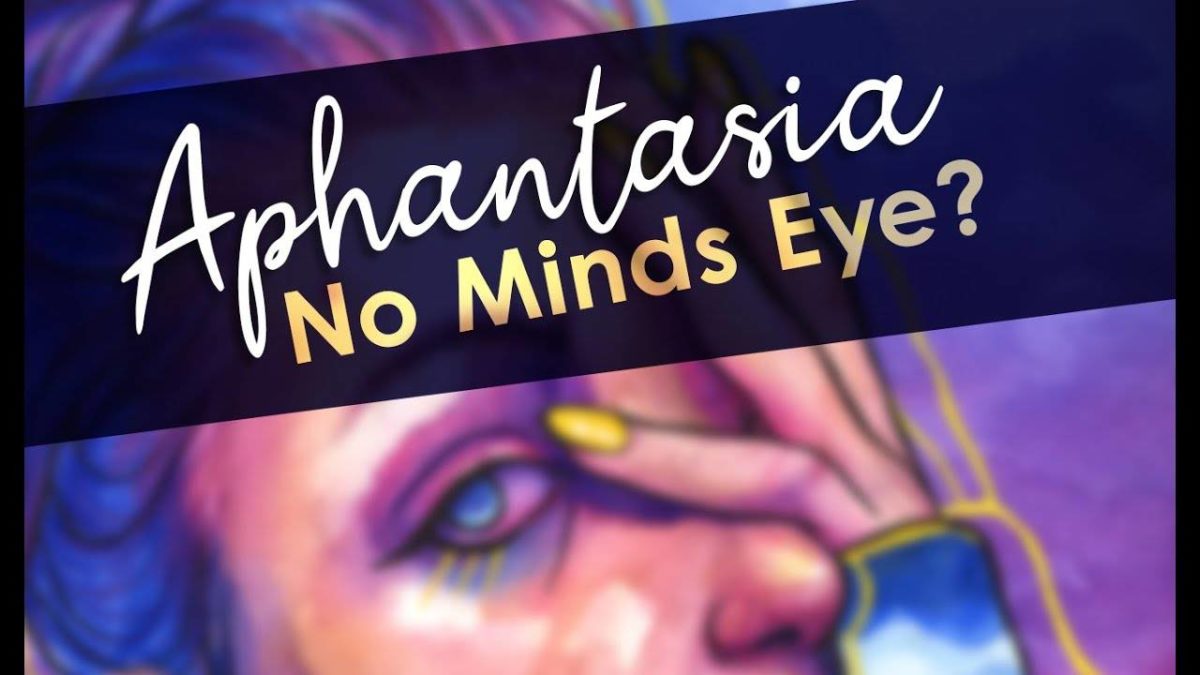Table of Contents
Aphantasia
Aphantasia is a lack of visual imaginations, a brain phenomenon in which a person cannot recall or imagine anything in front of the inner eye.
It is innate in a small fraction of the population. Sir Francis Galton, in the year 1880, defined it. Galton is one of the fathers of eugenics (hereditary health theory)
The Neurologist, Adam Zeman from the Univesity of Exeter Media School, has now scientifically confirmed this thesis
and published it in a study.
People who suffer from Aphantasia cannot form visual images; they have an “emptiness in their head.”
Assessment of Visual Imagination
- It is impossible to see what images another person is creating in their head.
- To evaluate the inner eye’s strength – the visual imagination- Psychologists use a Vividness of Visual Imagery questionnaire.
Consequences of Aphantasia
- For those who are affected, It has a significant impact on their lives because they are not able to visualize situations from their memory.
- So, they are then denied jobs in architecture or design and all tasks that require the result to be imagined in advance.
- It is just like hallucinating with open eyes. Many creative areas require visual imagination.
- It is probable to live without inner images, but reaching the absence shows that many affected get interpersonal problems due to their deficit.
- Aphantasics themselves also notice in contact with other people that they are blind to their inner eye.
Causes of Aphantasia
- The reasons for this are still unclear. The brain can lose imagination in many places and many ways.
- The solitary thing that is clear is that different ad widespread areas of the brain must communicate with one another for the imagination.
Effects of Aphantasia
- The Aphantasia affects not only images but also music. Those affected can no longer recall melodies or texts after listening – so there are no catchy tunes.
- However, it is not a disease but an impairment. Similar invisible impairments, such as facial blindness (prosopagnosia), are a comparable form.
- Those affected cannot remember faces, even if they have already seen and spoken to the person several times.
- Daydreams can take us out of reality for a moment and take us anywhere in the world.
- But Aphantists cannot visualize beaches, evoke vacation memories, or visualize things they associate with fond memories.
- Many sufferers of Aphantasia do not notice their lack of imagination until late because it does not significantly impact their lives in everyday life.
- Fantasy trips for children are ideal for identifying Aphantasia at an early stage.
- In the case of Aphantasists, fantasy journeys do not work and can usually be discovered in childhood and treated accordingly.
- The German model Bonnie Strange recently announced that she also suffers from Aphantasia, but she only realized this in adulthood.
A study shows: Two percent of the population suffer from Aphantasia
- Even if Aphantasia has been researched scientifically, there are already individual studies and studies on the subject.
- About two to three percent of the people suffer from it. Men are more often affected: In one study, researchers found that 19 out of 21 people diagnosed with Aphantasia are male.
- The strength of visual imagination is measured using magnetic resonance imaging of the brain.
- However, many doctors diagnose Aphantasia in general through descriptions of those affected, making it challenging to identify the causes.
- Through more recent studies, such as visual tests, researchers hope to provide exact causes and more apparent results in the future.
- Researchers are already assuming that Aphantists process information differently in the brain and other brain regions to use.
- In the objective tests, subjects are supposed to imagine a pink elephant, for example, and then look for this elephant on a hidden object.
- It is more difficult for Aphantists because they do not have a clear idea in front of their eyes.
- People who have the power of imagination adjust the brain to the appearance of the elephant beforehand.
- You can find it much faster than Aphantists. In these tests, brain scans are carried out on the subjects to determine which brain region is active.
- In a study carried out in 2015, investigators found that those affected suffer from Aphantasia while waking, but not in dreams.
- Aphantasia only affects conscious visualization in the waking state, not the unconscious.
How can Aphantasia be cured?
- Since Aphantasia has so far been more of a hypothetical idea than an objectively real disease, there are no therapy options so far.
- Causal therapies, for example, can only be developed once the causes are exact.
- Symptomatic therapies in Aphantasia would presumably include cognitive training that activates and promotes visual imagination.
- If a defect in the brain is causing the disease, such training could probably still relieve the symptoms.
- Stroke patient rehabilitates despite irreversible brain damage by getting healthy brain regions to take over tasks from the damaged areas by frequently repeating specific processes.
- According to this principle, Aphantasia patients could, for example, train daily visual memory of particular objects or faces under professional guidance.
- Under certain circumstances, the defective brain region’s electrical stimulation is a therapy.
- Since the Aphantasia, after a psychological trauma cannot be the same illness as the congenital or the physically conditioned Aphantasia.
- A completely different way is used to treat these patients.
- Processing of the triggering psychological trauma in psychotherapy can presumably remove the blockade of ideas for these patients.

